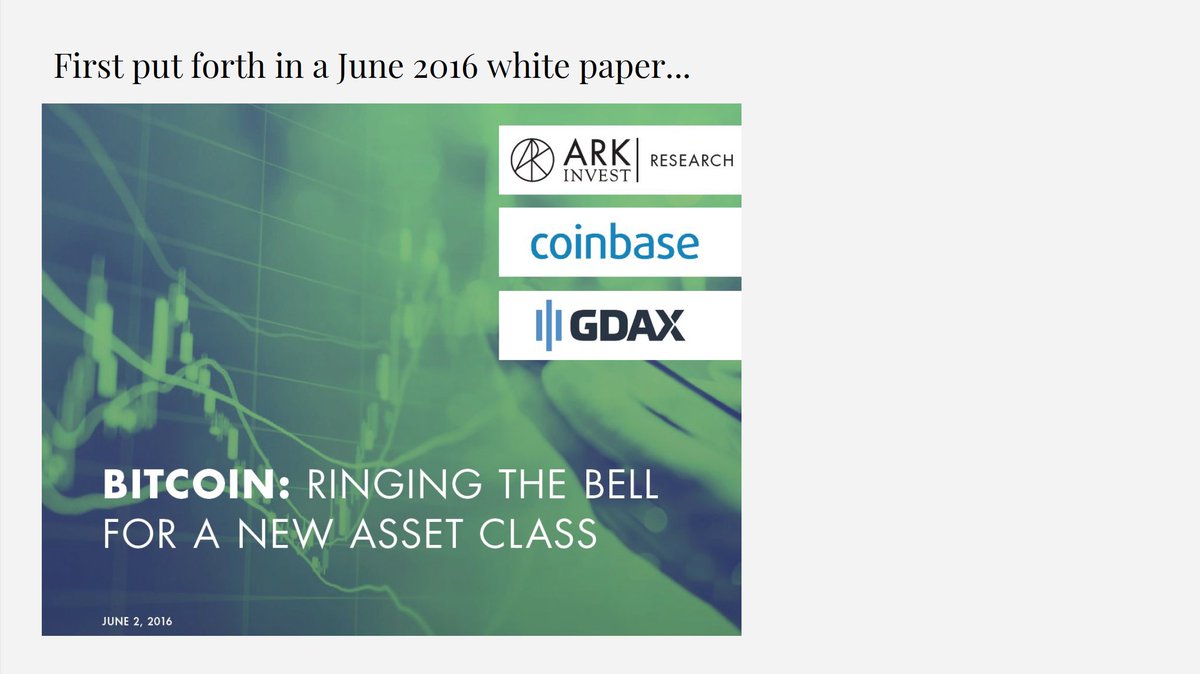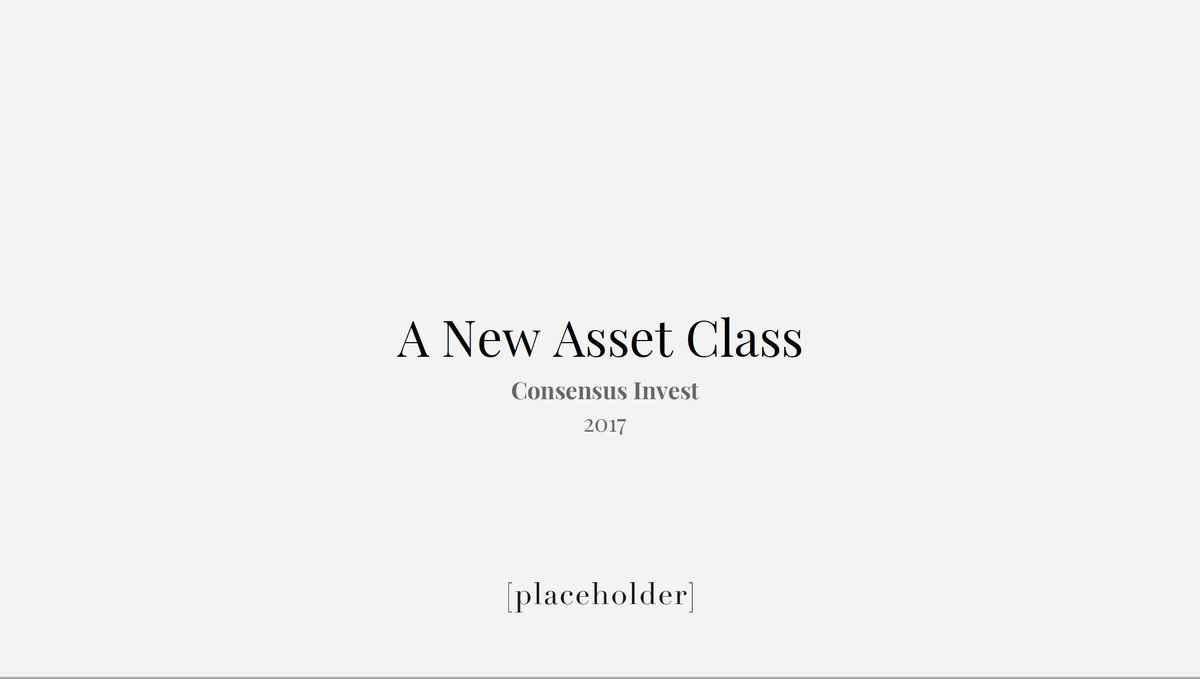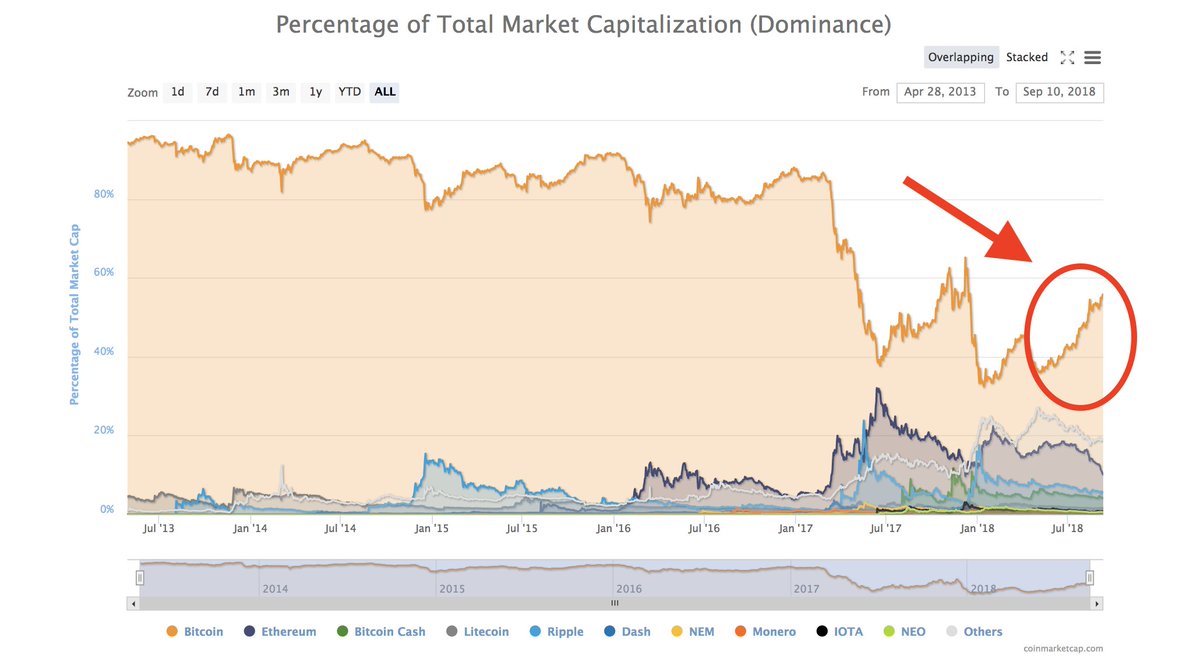2/ The presentation was inspired by the 2016 white paper put out by @ARKInvest & @coinbase, which involved @WhiteAdamL, @wintonARK, @CathieDWood & myself. Link to whitepaper here: research.ark-invest.com/bitcoin-asset-… 

• • •
Missing some Tweet in this thread? You can try to
force a refresh






